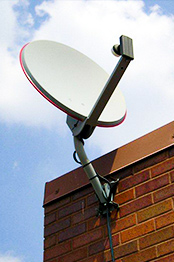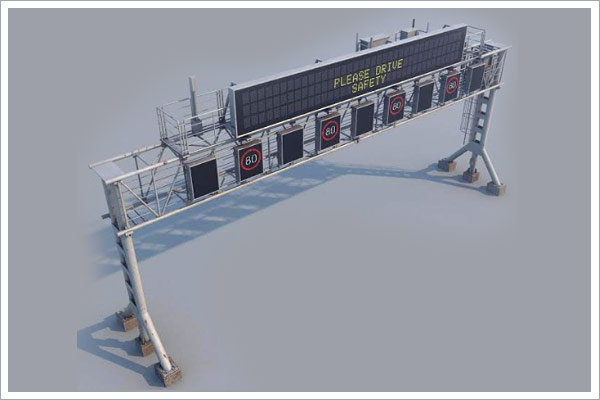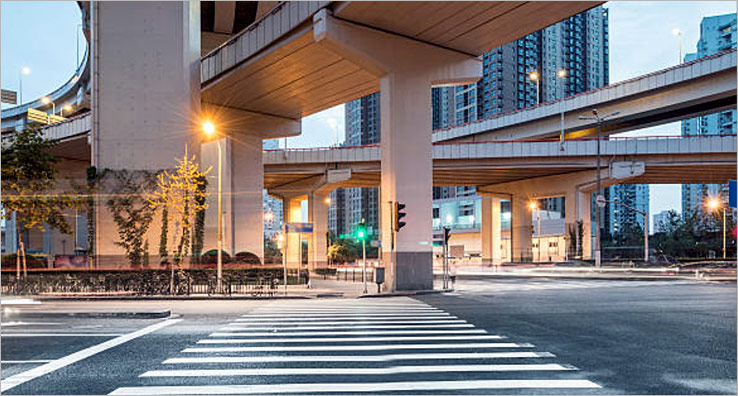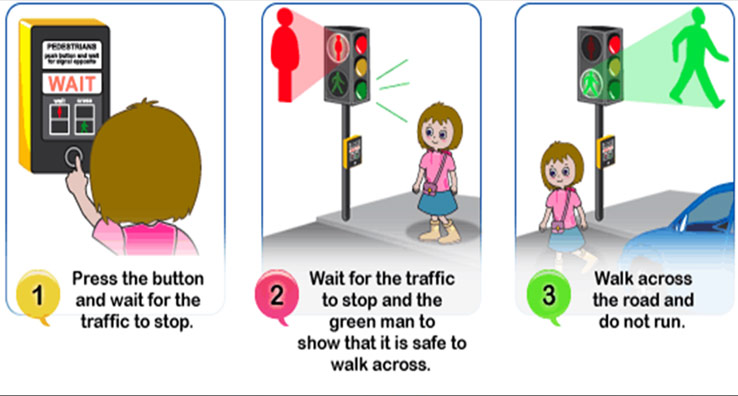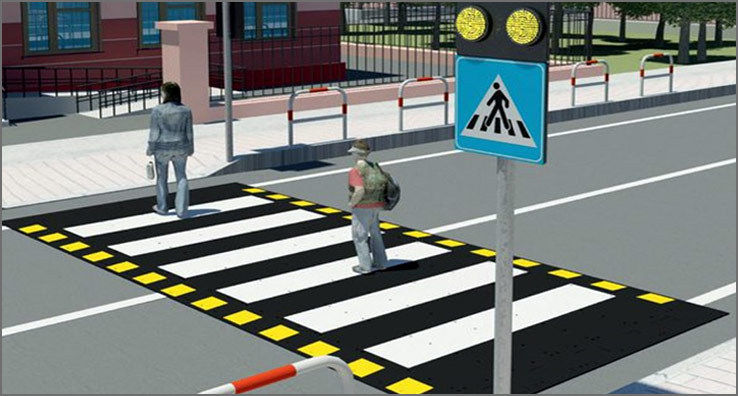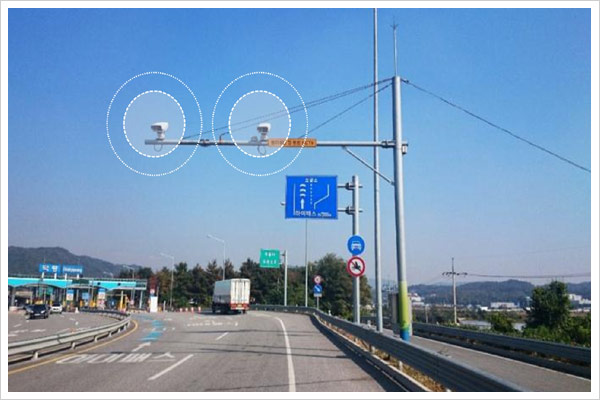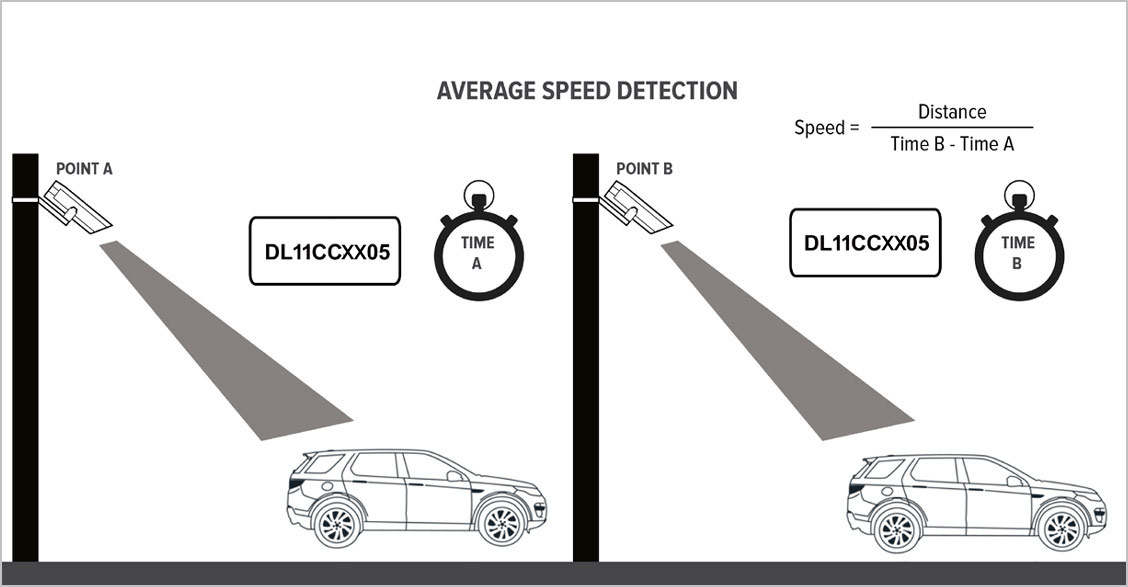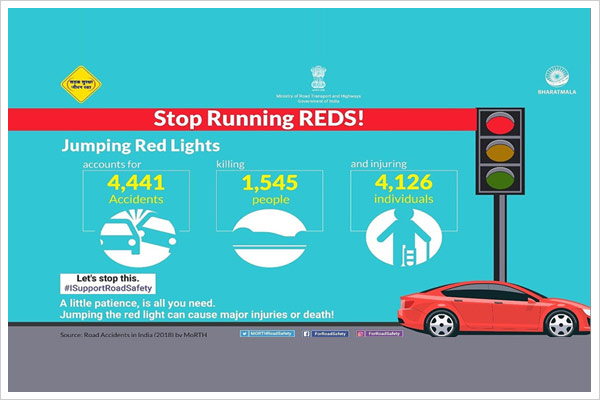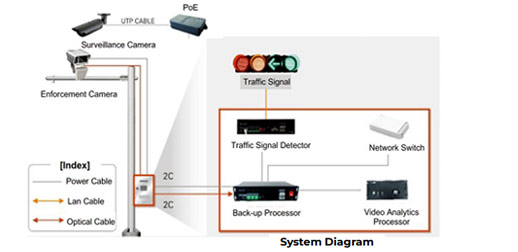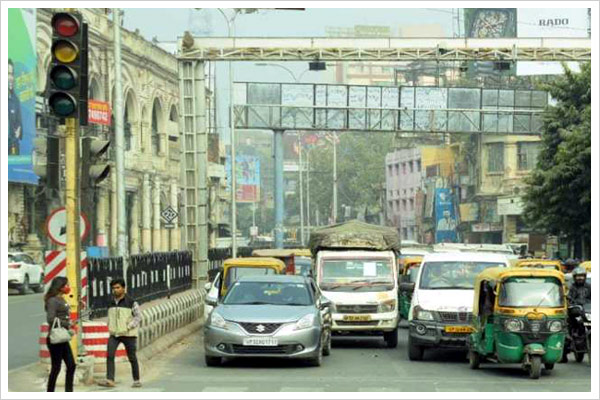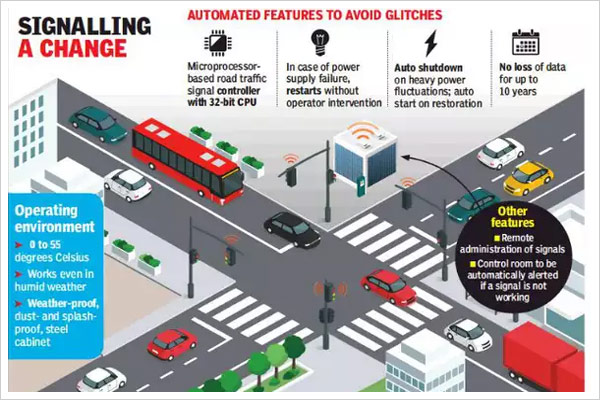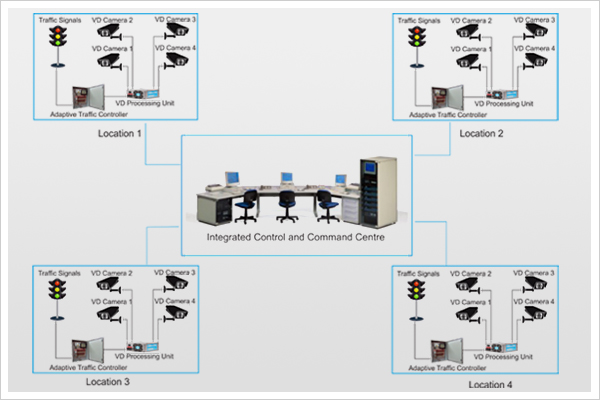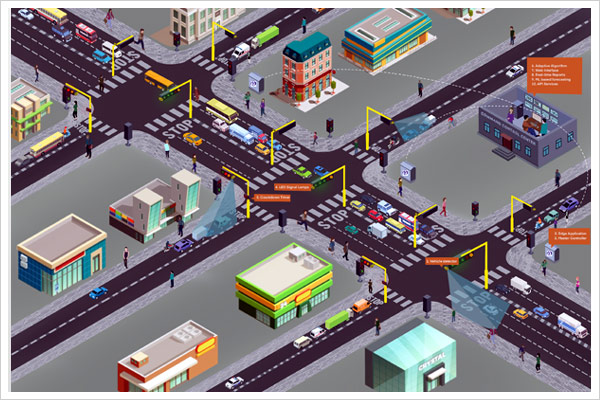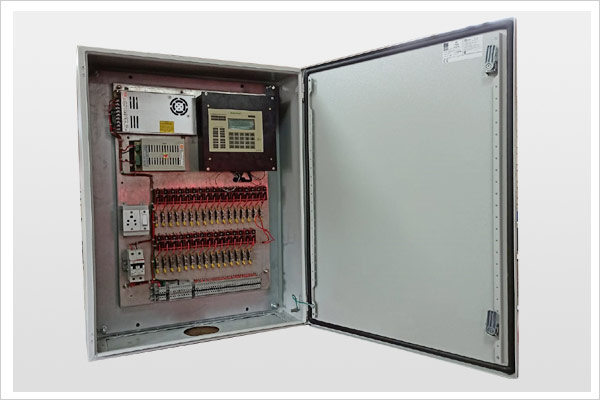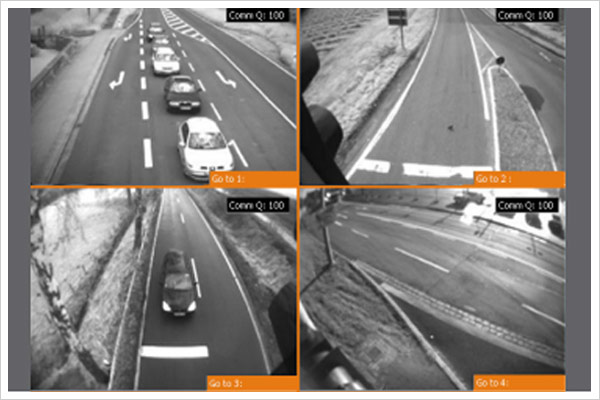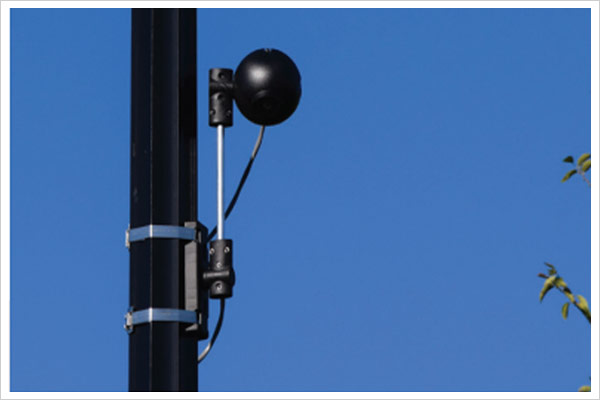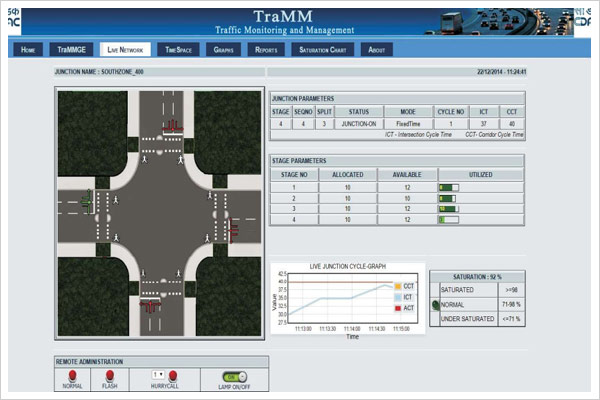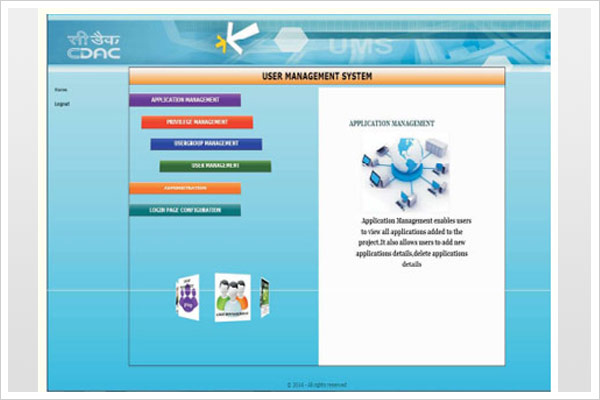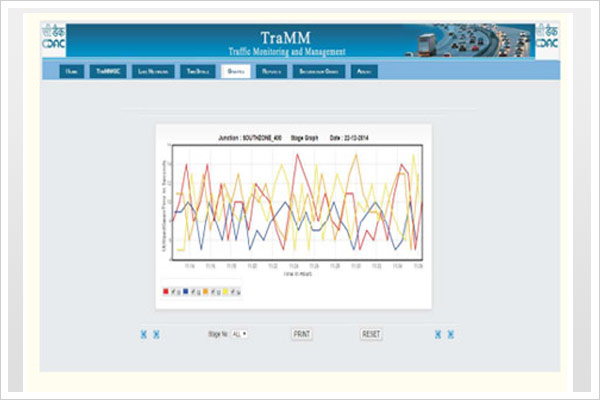
System Overview
A smart solar power generation system leverages advanced technology to optimize the production, storage, and consumption of solar energy. It integrates various components and technologies to enhance efficiency, adaptability, and user experience. Here’s an overview of its key features and components.
Core Components
1. Solar Panels:
- Photovoltaic (PV) panels convert sunlight into electricity.
- Advanced panels may include bifacial technology (absorbing sunlight from both sides) or high-efficiency materials like perovskite.
2. Inverter:
- Converts the direct current (DC) generated by solar panels into alternating current (AC) for household or grid use.
- Smart inverters include real-time monitoring and grid interaction capabilities.
3. Energy Storage:
- Batteries store excess energy for use during nighttime or cloudy days.
- Lithium-ion batteries are commonly used for their efficiency and longevity.
- Advanced systems may incorporate AI-driven charge management to maximize battery life.
4. Energy Management System (EMS):
- Monitors energy production, storage, and consumption.
- Uses predictive analytics and AI to optimize power distribution.
- Provides users with real-time data and insights through mobile or web apps.
5. Smart Grid Integration:
- Allows surplus energy to be fed back into the grid (net metering).
- Can adjust operations based on grid demand and pricing.
6. Sensors and IoT Devices:
- Measure environmental factors like sunlight intensity, temperature, and weather conditions.
- Detect faults or inefficiencies in the system.
Advanced Features
1. Artificial Intelligence (AI) and Machine Learning:
- Predicts energy consumption patterns and adjusts energy distribution.
- Analyzes weather forecasts to optimize energy generation and storage.
2. Remote Monitoring and Control:
- Provides users with the ability to monitor and control the system from anywhere via apps or dashboards.
- Sends alerts for maintenance or system issues.
3. Adaptive Tracking Systems:
- Solar trackers adjust the angle of panels to maximize sunlight exposure throughout the day.
4. Energy Optimization Algorithms:
- Ensures minimal energy wastage by balancing generation, storage, and consumption.
5. Grid Independence (Microgrids):
- Systems designed to operate autonomously in remote or disaster-prone areas.
Benefits
- Increased Efficiency: Smart tracking and management improve overall energy output.
- Cost Savings: Optimized energy use reduces electricity bills.
- Eco-Friendly: Promotes sustainable energy use and reduces reliance on fossil fuels.
- Reliability: Energy storage and intelligent forecasting ensure consistent power supply.


